What is the mystery of 'Lascoe Cave' where many murals left by human beings 17,000 years ago are drawn?

It is known that mankind has loved 'painting' since ancient times, and the evidence for this remains as a mural even today. 17,000 years ago,
The Past We Can Never Return To – The Anthropocene Reviewed-YouTube
One day in September 1940, an 18-year-old mechanic Marcel Ravidat's dog, who was walking through the forest in southwestern France, fell into a large 'hole'.
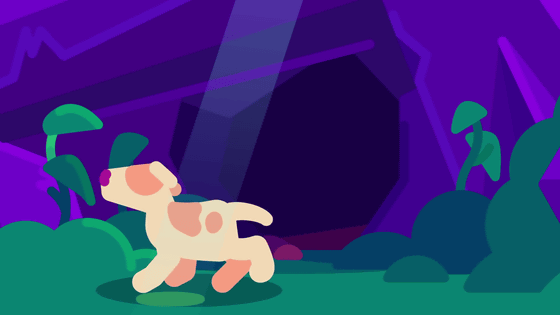
Eventually, the dog was rescued, but the day after, Ravidad decided to take three of his friends to look into the hole the dog was in.

What Mr. Rabidat and others who actually went into the hole saw was a mural painted on the entire wall of the cave.
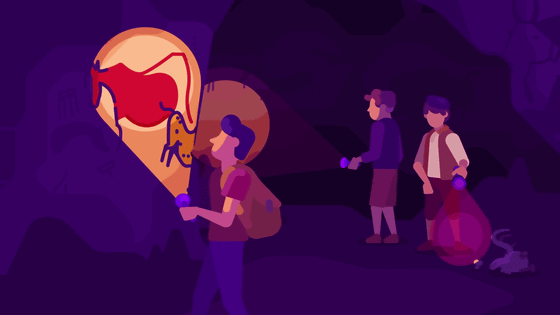
In the cave, there were nearly 900 animal murals such as horses, stags, and bisons, and there were also murals of extinct species such as
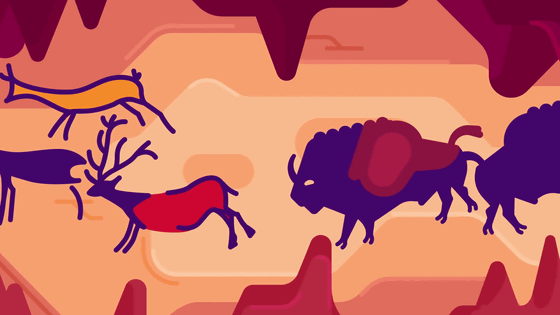
Two of Rabidat's group were deeply moved by the art they saw in the cave and continued camping at the entrance for over a year to protect the cave.

After World War II, the French government took over the maintenance of the cave and in 1948 it was open to the public. It is also known that Picasso, who visited the cave in the same year, said that 'we do not invent anything new'.

Mural paintings at Lascaux Cave have many mysteries. One of them is that there is no reindeer painting that would have been the main food for humanity in the Paleolithic period. In addition, we do not know why the mural is drawn in a position that cannot be reached without building scaffolding, even though there is plenty of space for drawing the mural. Other than that, whether the mural of the animal was drawn in a religious sense or based on a practical intention such as 'this animal is dangerous', 'motivation to draw the mural There is also a mystery left over.
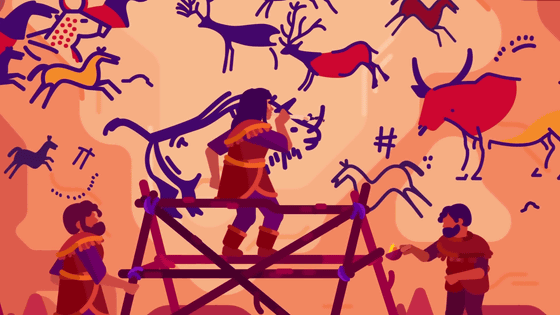
In addition to animals, more than 1000 murals of 'uninterpretable figures' were drawn in the Lascaux Cave, but there are many murals of figures that make sense to modern people. A typical example of a mural with a meaning that can be understood is the 'handprint.' It is believed that these handprints were drawn by spraying pigment on the hands pressed against the wall of the cave.
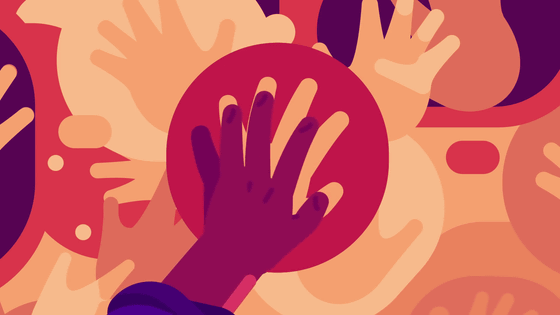
The handprint murals tell the story of a distant past. From the fact that there are many three- and four-fingerprints, it can be inferred that frostbite loss of fingers was common for humans of the Eocene era living in Lascaux Cave.
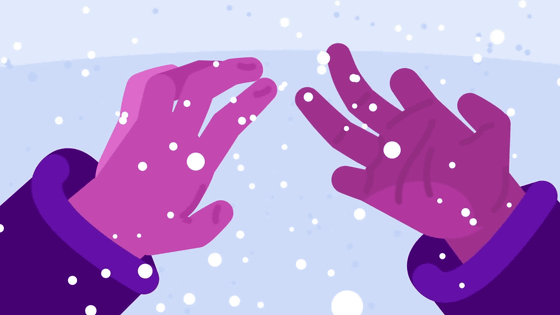
In the days when the murals were painted in Lascaux Cave, it is estimated that one-fourth of the women die at birth and more than 50% of the children die under the age of five.
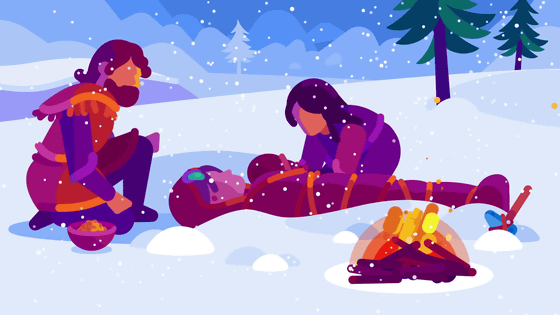
However, looking at the remaining murals, it is clear that the remaining handprints are almost the same shape as our hands, and that humanity in the past was also very similar to us. Furthermore, although it was thought that there was not enough food and water at the time, humanity in the Eocene era was spending time painting murals.

Most of the bills left in Lascaux Cave open between the fingers. It's a strange match that most people in modern times still tend to have open bills between their fingers.
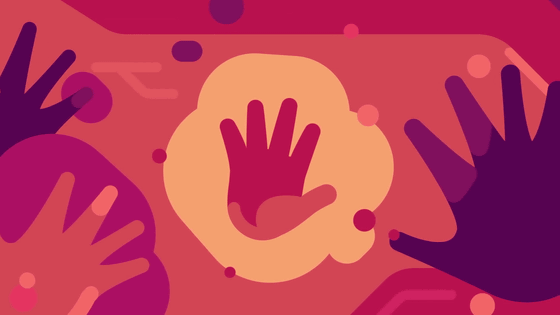
However, there is an opinion that the 'motivation for taking bills' was different between modern and past. Some archaeologists advocate that 'ancients took handprints as part of a hunting ritual.'

The murals in Lascaux Cave are of great importance to archeology. However, after the incident that carbon dioxide contained in human exhalation caused molds and lichens to grow and murals to deteriorate rapidly, the Lascaux Cave was closed to the public. Since 1983, the replica cave 'Lascoe 2', which closely reproduces the mural paintings of Lascaux Cave, has been open to tourists.

Given that 2 out of 4 Lavidat and others who discovered the Lascaux cave have dedicated themselves to the cave protection for over a year, the decision to `` close the real Lascaux cave so that it does not deteriorate '' is unavoidable It can be said that it is a thing.
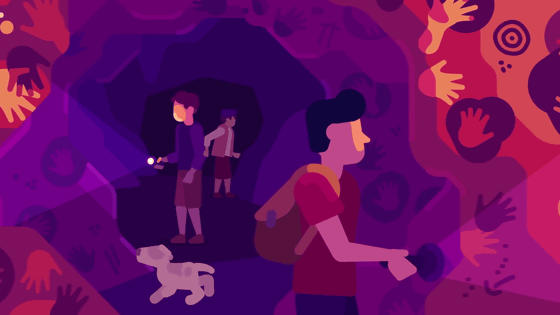
The Lascaux Cave still exists, but it is impossible for the general public to enter. The handprints present in Lascaux 2 are elaborate but fake, and it is not possible to see the 'hands of mankind in the Eocene Era. The bills currently published in Lascoe 2 are like memories of bills that can no longer be seen again.
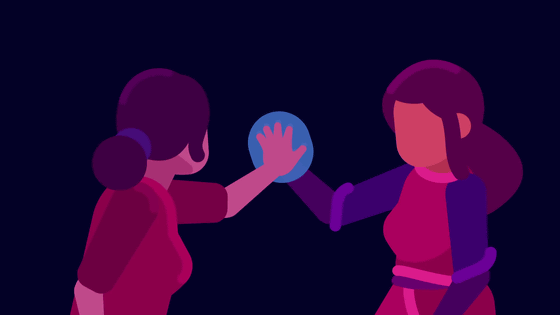
Related Posts:







